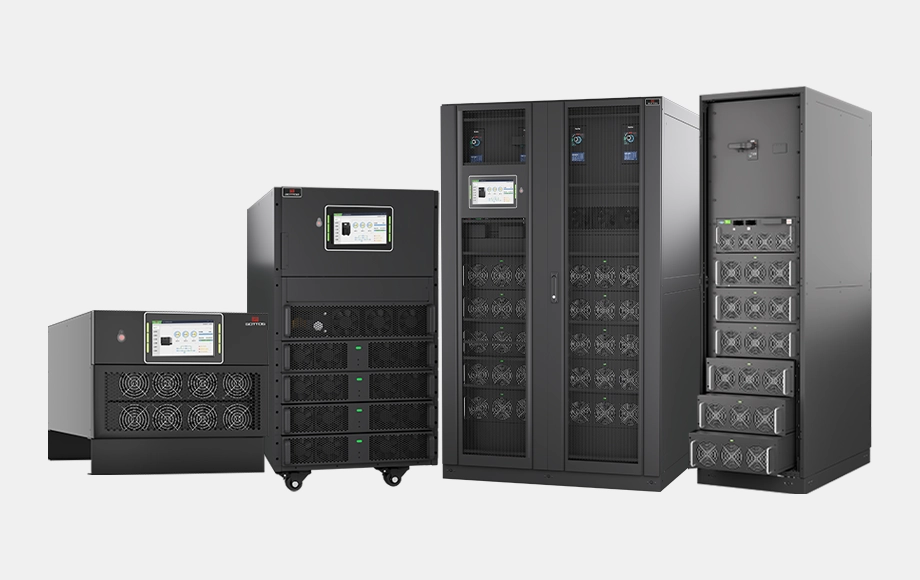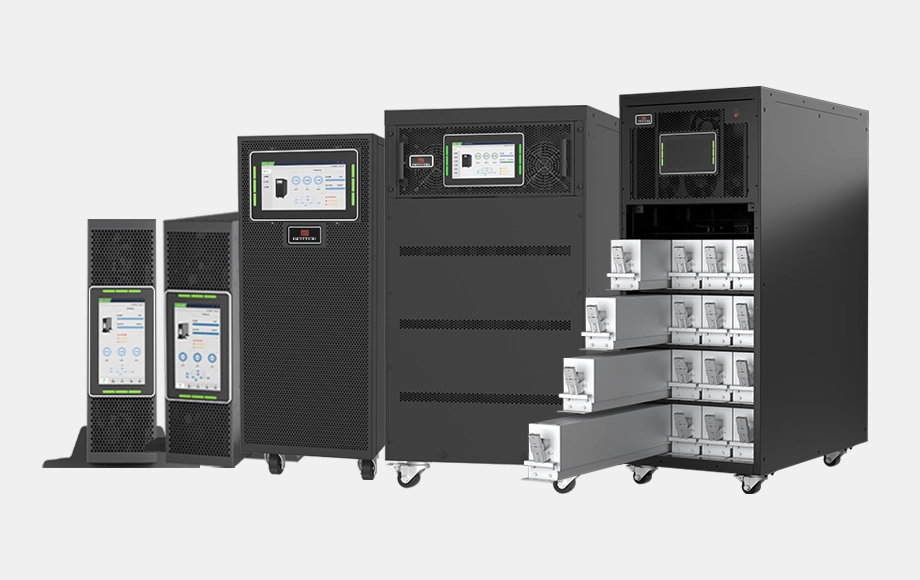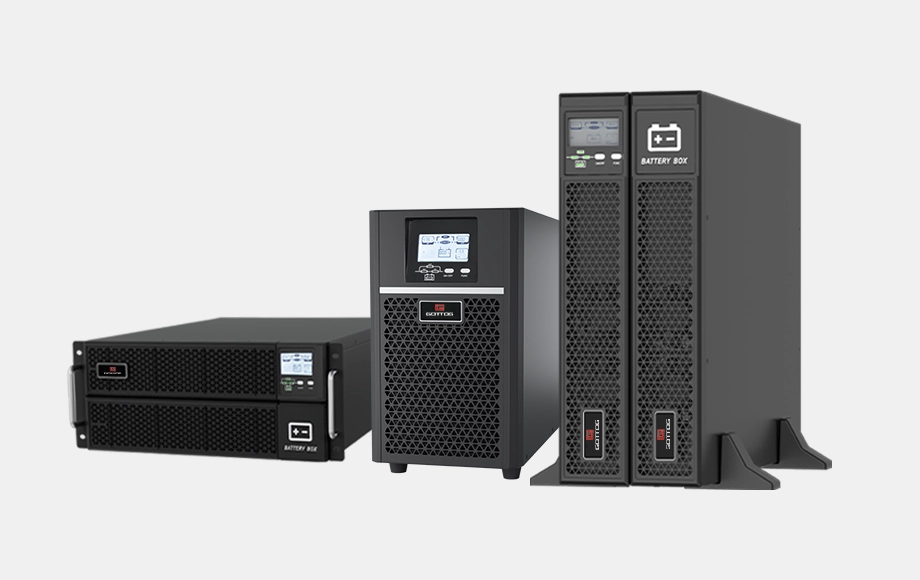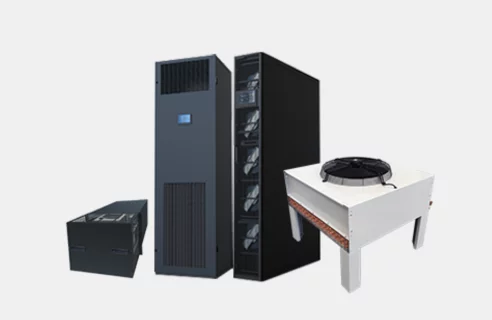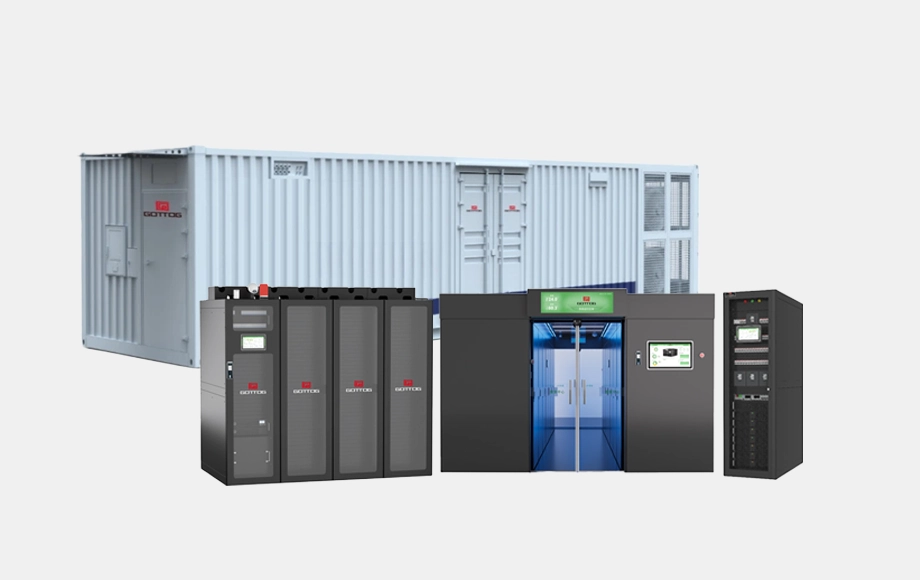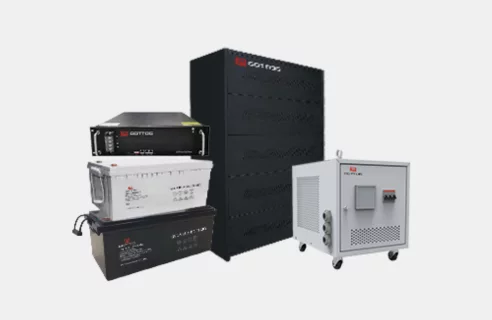As the digital economy continues to expand at an unprecedented pace, data centers stand at the heart of this transformation. They serve as the backbone for cloud computing, big data, artificial intelligence, and countless other technologies that power today’s businesses across various industries. The increasing demand for digital services, coupled with advancements in technology, is driving rapid growth and innovation in data center infrastructure worldwide. Looking ahead to 2025, several key trends are shaping the future of data center construction. This article explores these trends in depth to help industry professionals, investors, and enterprises understand what to expect and how to strategically prepare.
1. Rapid Growth of Modular Data Centers
One of the most significant shifts in data center construction is the rise of modular data centers. These facilities are designed using prefabricated, standardized modules that can be quickly assembled on-site, offering a more agile approach to capacity expansion.
- Scalable Flexibility: Modular designs allow businesses to incrementally expand their capacity, closely aligning infrastructure growth with evolving business needs without large upfront capital expenditures. This flexibility helps companies manage budgets effectively and avoid overprovisioning.
- Faster Deployment: Compared to traditional brick-and-mortar builds, modular data centers can be constructed and commissioned in a fraction of the time—often in weeks instead of months. This accelerated timeline enables businesses to rapidly respond to market demands and gain competitive advantages.
- Cost Efficiency: The use of standardized, factory-built modules reduces construction complexities, lowers labor costs, and minimizes onsite errors. Additionally, the repeatable designs promote optimized use of power and cooling resources, decreasing operational expenses over the lifecycle of the facility. Solutions like Gottogpower’s modular UPS systems provide reliable, scalable power backup that perfectly complements modular data center architectures.
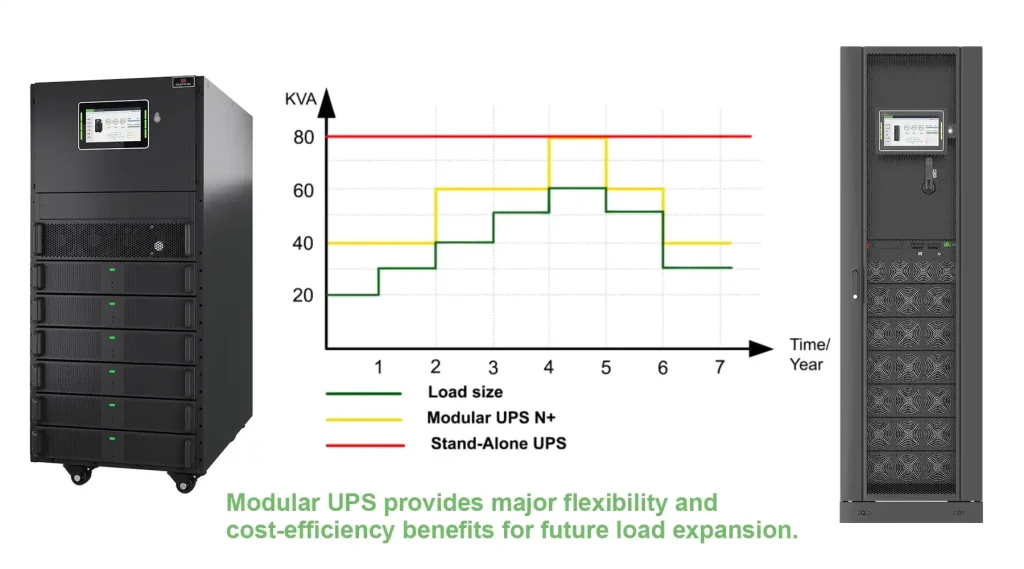
2. Green and Energy-Efficient Designs Take Center Stage
With global focus intensifying on sustainability, environmental responsibility has become a fundamental driver in data center construction and operation.
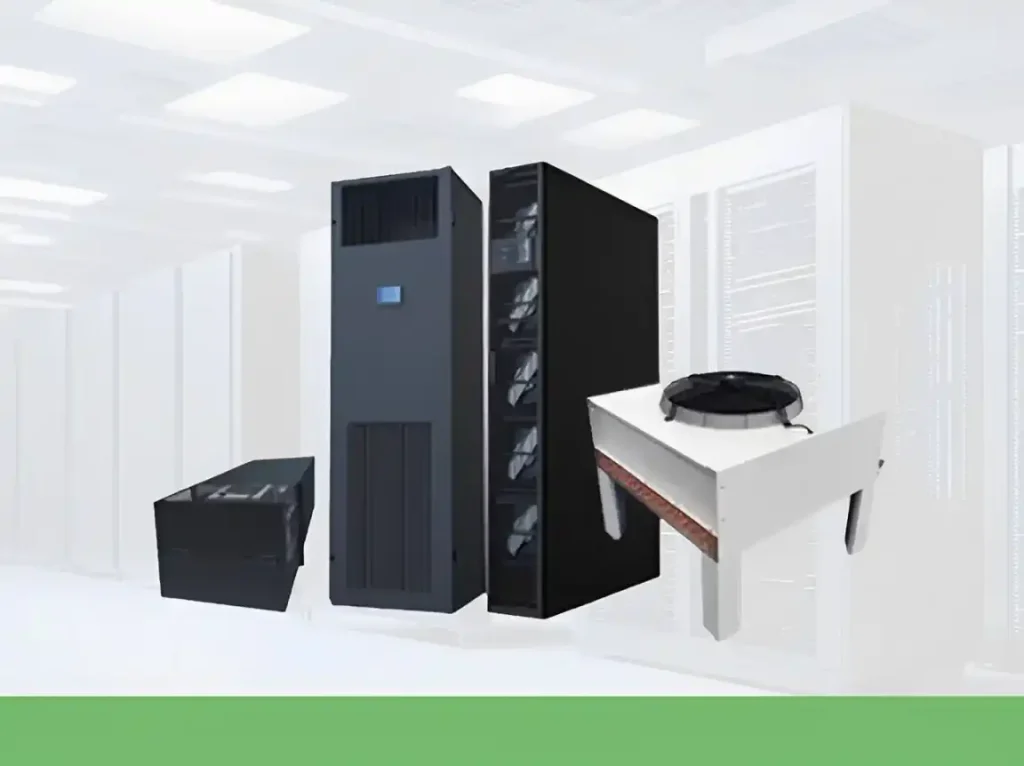
● Advanced Cooling Technologies: Traditional air cooling methods are increasingly supplemented or replaced by more efficient solutions such as liquid cooling, immersion cooling, and free-air cooling. Precision cooling products from providers like Gottogpower help maintain optimal temperature control while minimizing energy consumption.
- Renewable Energy Integration: Data centers are increasingly powered by renewable sources like solar, wind, and hydroelectric energy. Large-scale partnerships with green energy providers, on-site solar installations, and renewable energy certificates are becoming standard practice to reduce carbon footprints and align with corporate social responsibility goals.
- AI-Driven Energy Management: Artificial intelligence and machine learning algorithms are being employed to analyze real-time data from thousands of sensors. These systems optimize cooling, power distribution, and workload allocation dynamically, improving Power Usage Effectiveness (PUE) and minimizing waste without compromising performance or reliability.
3. Edge Computing Data Centers Expand Rapidly
As applications become more latency-sensitive and data volumes surge, edge computing infrastructure is evolving as a critical complement to centralized data centers.
- Proximity to End Users: By deploying micro data centers closer to end users—in urban centers, telecom towers, or industrial sites—companies can drastically reduce latency and bandwidth costs, enhancing user experience for applications like augmented reality, autonomous vehicles, and real-time analytics.
- Diverse Form Factors: Edge facilities range from compact, containerized modules to small-scale dedicated sites, designed for rapid deployment and easy scalability. This flexibility allows businesses to customize edge solutions based on geographic and operational requirements.
- Seamless 5G Integration: Edge data centers form the foundational infrastructure supporting 5G networks, enabling ultra-fast connectivity and low latency critical for emerging technologies in IoT, smart cities, and immersive media. Gottogpower’s compact, efficient UPS and precision cooling products are well-suited to support these distributed, edge environments, ensuring uninterrupted operation in varied locations.
4. Intelligent Operation and Automation Become Standard
The complexity and scale of modern data centers require sophisticated operational tools to maintain uptime and efficiency.
- AI-Powered Monitoring: Predictive analytics driven by AI can detect early signs of hardware degradation or system anomalies, allowing proactive maintenance before failures occur, thus significantly reducing downtime and repair costs.
- Automated Inspection Robots: Robotics equipped with sensors and cameras perform routine inspections, environmental monitoring, and asset tracking, enhancing safety for human staff and increasing operational consistency.
- Remote Management Platforms: Centralized dashboards and automation platforms enable operators to manage multiple geographically dispersed facilities in real-time, optimizing resource allocation, incident response, and maintenance scheduling remotely. Integrating UPS monitoring and management tools from trusted brands such as Gottogpower further enhances operational visibility and control.
5. Enhanced Security and Compliance Measures
With data being a critical asset, security and regulatory compliance remain top priorities.
- Robust Physical and Cybersecurity: Modern data centers employ multi-layered security measures, including biometric access controls, video surveillance, intrusion detection systems, and network firewalls, ensuring comprehensive protection against both physical breaches and cyber attacks.
- Disaster Recovery Capabilities: Advanced backup solutions, geographically distributed replication, and rapid failover systems ensure that data centers can maintain business continuity and recover quickly from natural disasters, power outages, or cyber incidents. Reliable uninterruptible power supplies from providers like Gottogpower are essential to safeguard against power disruptions during emergencies.
The data center industry is entering a transformative era defined by speed, efficiency, intelligence, and sustainability. By embracing modular construction techniques, investing in green technologies, expanding edge computing footprints, adopting intelligent automation, and prioritizing robust security and compliance, organizations can build future-proof data centers that meet the escalating demands of the digital economy in 2025 and beyond. Strategic partnerships with specialized solution providers such as Gottogpower — offering advanced UPS systems, precision cooling, and smart power management — will be key to achieving resilient, efficient, and sustainable digital infrastructure.

